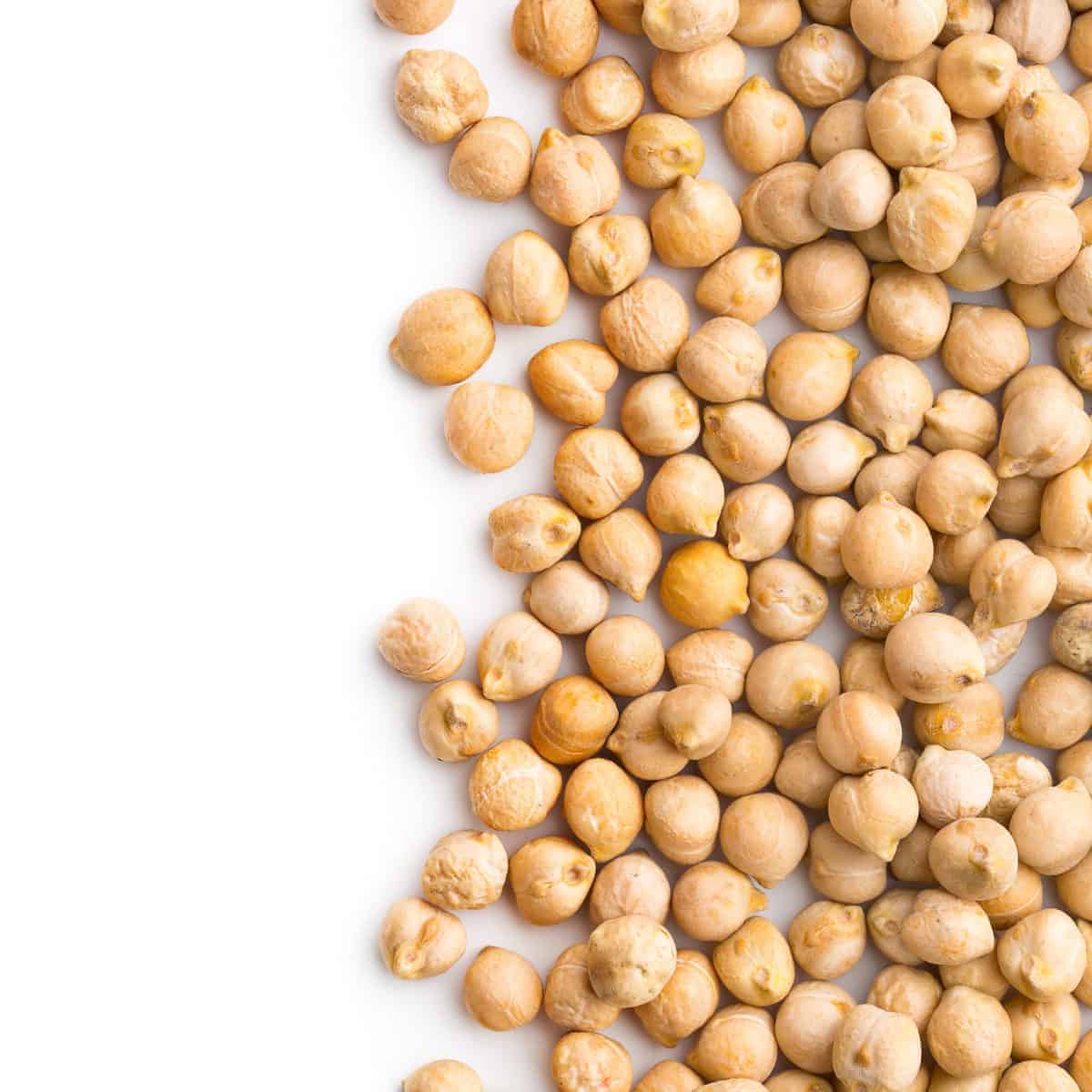This How to Cook Chickpeas post includes affiliate links. When I find a great product or service, I like to share it with my readers. Sometimes I use affiliate links so I can earn commission for my recommendations. Thank you for your support!
Vegan Cooking 101: What Are Chickpeas, How to Cook Chickpeas & Vegan Chickpea Recipes
Chickpeas (also known as garbanzo beans) are a key ingredient in many vegan recipes. “Sure, sure, I know all about hummus,” you might be thinking, but did you know you can make cookie dough out of chickpeas?* It’s good too! And don’t forget about other vegan-friendly chickpea recipes like chickpea curry and chickpea salad sandwiches!

Chickpeas are a member of the legume family. They’re small, pea-sized spheres with a firm texture that breaks down when cooked. Chickpeas are a good source of protein for the vegan eater. They’re also high in fiber and other nutrients like folate and manganese. Fiber, of course, is nature’s clever way of getting humans to eat less by making them feel full. Just remember you heard it here first: The Chickpea Diet!
How to Cook Chickpeas: Preparation
Chickpeas come both dry and canned. In my travels, I’ve learned that dried (and subsequently soaked) chickpeas have a slightly less beany taste than their canned counterparts. As such, I frequently opt to use dried chickpeas if I am making something like chickpea cookie dough. Canned chickpeas, of course, have the benefit of being quick and easy to prepare.
How to Cook Dried Chickpeas
Dried chickpeas need to be soaked for at least 8 hours (overnight is best). Put them in a covered container (I find glass measuring cups with fitted lids to be ideal) and add twice the amount of water. For example, if you’re soaking 1 cup of dried chickpeas add 2 cups of water. If you forget to soak your chickpeas though there is a quick version. Add the chickpeas to a large stockpot and cover them with water. Bring the water to a boil then set the chickpeas aside and allow them to soak for an hour.
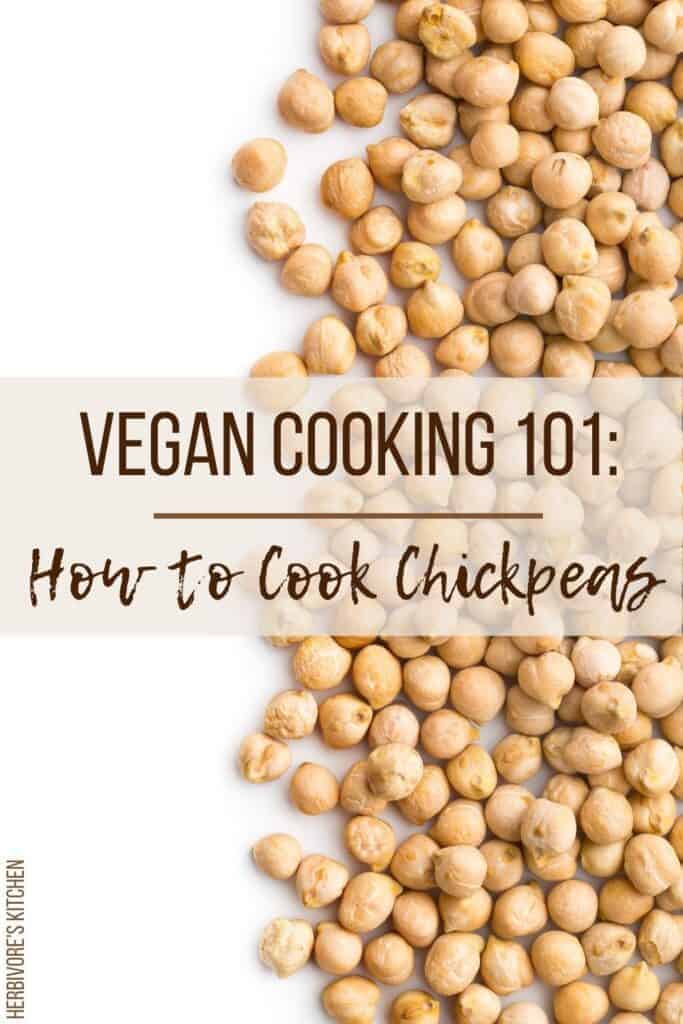
Once soaked, chickpeas can then be cooked. If you’re prepping them for hummus or another cold preparation, simply simmer them in 2x the amount of water for an hour (or until they are tender). Then drain and rinse the chickpeas and refrigerate them for later use. Cooked chickpeas can be stored in the refrigerator for about 3 days. For hot recipes, soaked chickpeas can be added to the recipe as canned chickpeas would.
How to Cook Canned Chickpeas
Canned chickpeas should be drained and rinsed. Canned chickpeas often still have their skins intact. I generally don’t worry about this for recipes like my Chickpea Chana Masala, but if I am seeking a creamy consistency (as I would for hummus) I do take the time to remove the skins. Removing chickpea skins isn’t terribly difficult. Just pour the drained and rinsed chickpeas on to a clean kitchen towel and gently rub the chickpeas. The skins will separate.
How to Cook Chickpeas: Oh, the Things You Can Do!
Sometimes I feel like Bubba from Forrest Gump when I talk about chickpeas. You can roast them, fry them, bake them, stew them, eat them raw… They can be ground into flour for baking or pureed for hummus. If that’s not enough, the liquid from canned chickpeas (called aquafaba) can be used as an egg replacement in vegan baking.
Chickpeas are commonly found in Middle Eastern cuisine. Dishes like Chana Masala, falafel and hummus use chickpeas as a featured ingredient. Chickpea flour can be made to use chickpea tofu (also known a Burmese tofu) – which makes for a nice change of pace every once in a while. Chickpea flour can also be used as a base for crust-less vegan quiche or a vegan omelet.
Crunchy roasted chickpeas make for a great vegan snack. I also like adding them to soups and substituting them for croutons. Chickpea salad is a popular replacement for tuna or chicken salad. I like stuffing avocados with it, serving it open-faced on toast and using it for lunchtime lettuce wraps.
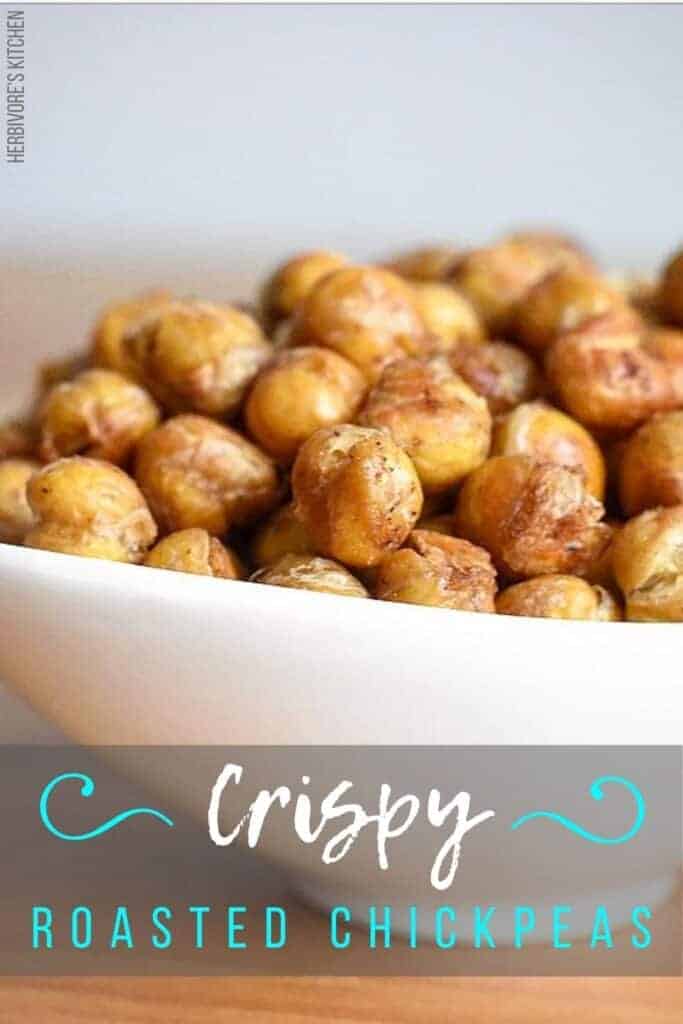
A Note on Aquafaba…
If you’re new to vegan cooking, it’s likely you haven’t heard of aquafaba yet. Aquafaba is the viscous liquid that accompanies chickpeas in the can. Aquafaba has a bean-like taste but loses that flavor upon cooking. It can be used as a binding agent, but when whipped it behaves like egg whites. About 3 tbsp of aquafaba is equivalent to one egg.
Need Another Reason to Love Chickpeas?
As if. We’ve clearly already established that chickpeas are a culinary superstar, but did you know that chickpea cultivation is also good for the planet? It’s true. Chickpeas play a role in soil health by replenishing it with vital nitrogen stores to be consumed by other plants. They also have a low water and carbon footprint.
How to Cook Chickpeas: A Few of My Favorite Recipes
- Chickpea Cookie Dough*
- Sundried Tomato & Chickpea Stew*
- Creamy Hummus*
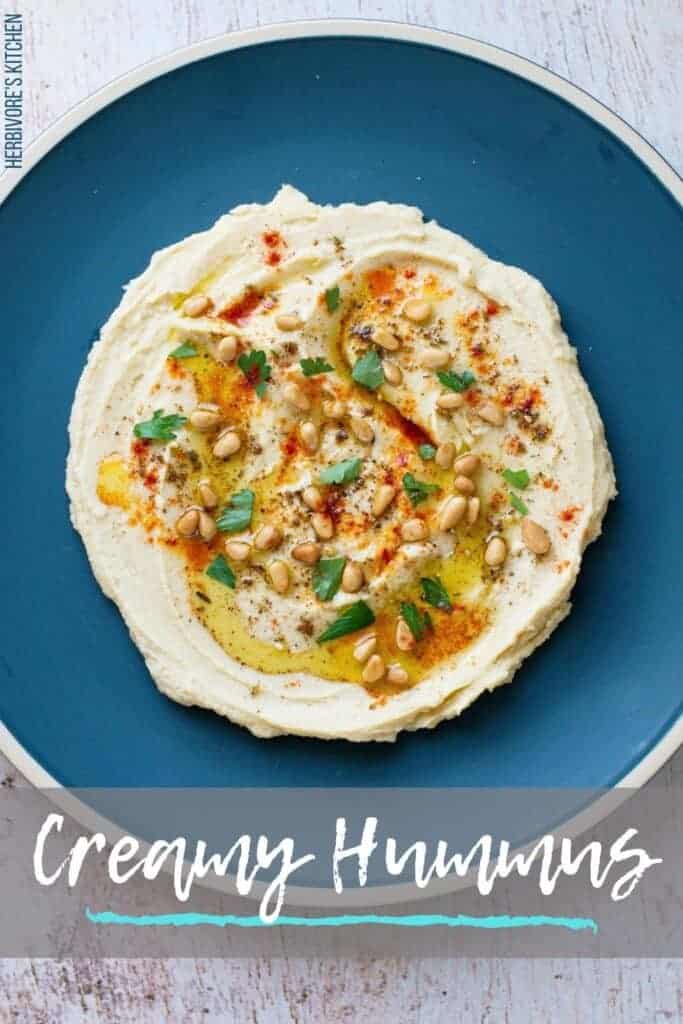
*Denotes a recipe in my forthcoming 5-Ingredient Vegan Cookbook. Look for it Spring 2021!
Heading: About Herbivore’s Kitchen
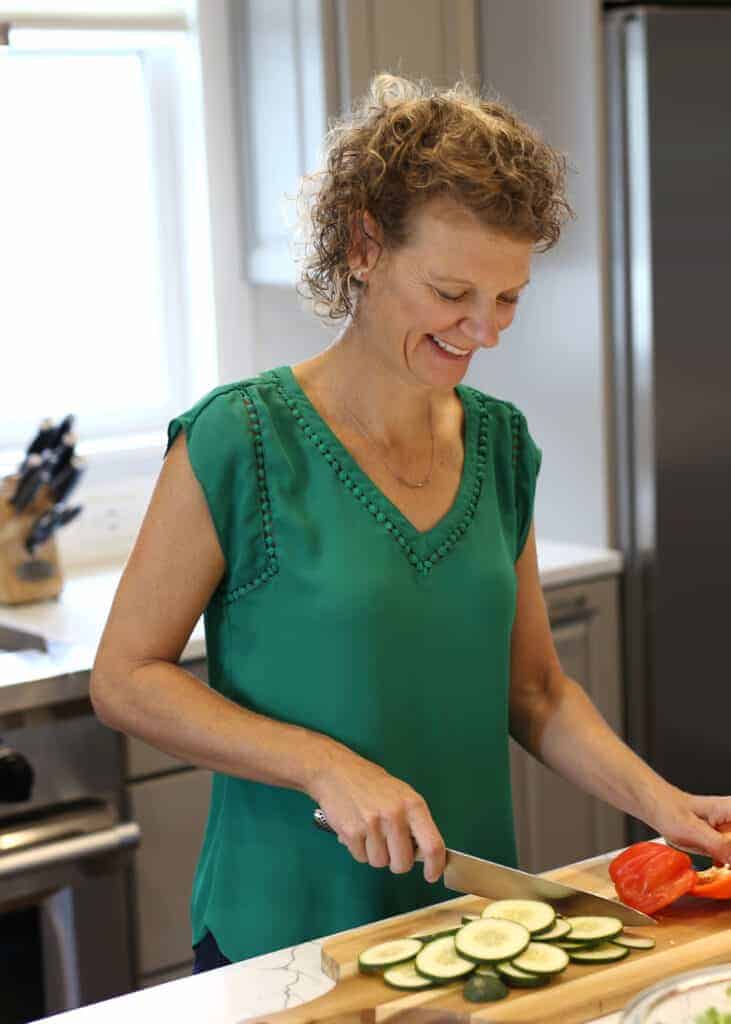
Herbivore’s Kitchen is a blog run by me, a plant-based home chef and aspiring food photographer. I switched my and my family’s diet to a plant-based diet after learning about the health benefits of going vegan. Making this change has prompted a variety of food and holistic-lifestyle related questions that I explore through this blog. I talk about how to pick and prepare the most nutritious foods, to how to reduce waste at home, to how to live a more sustainable lifestyle while on the road.
